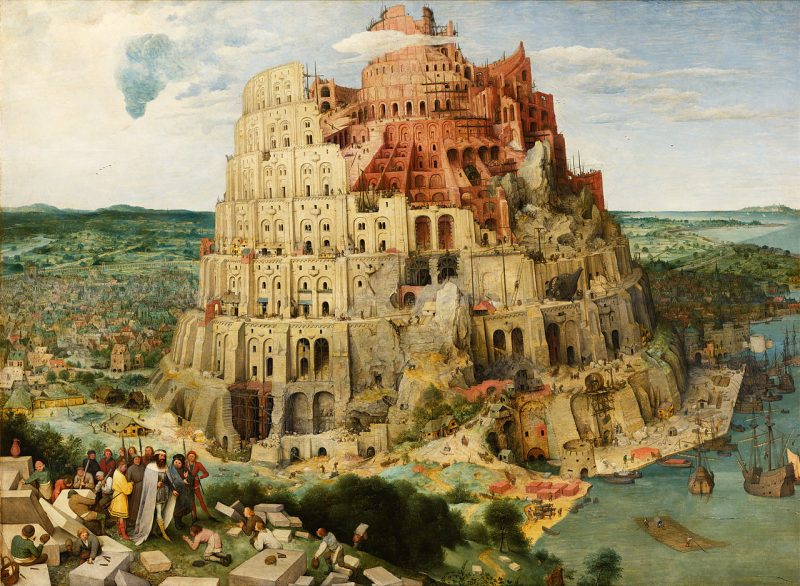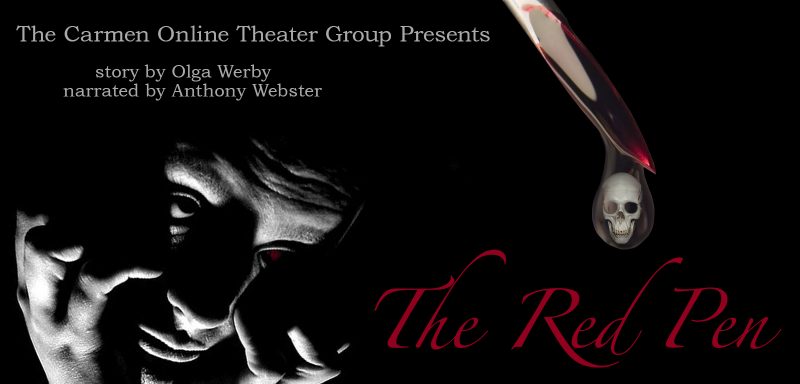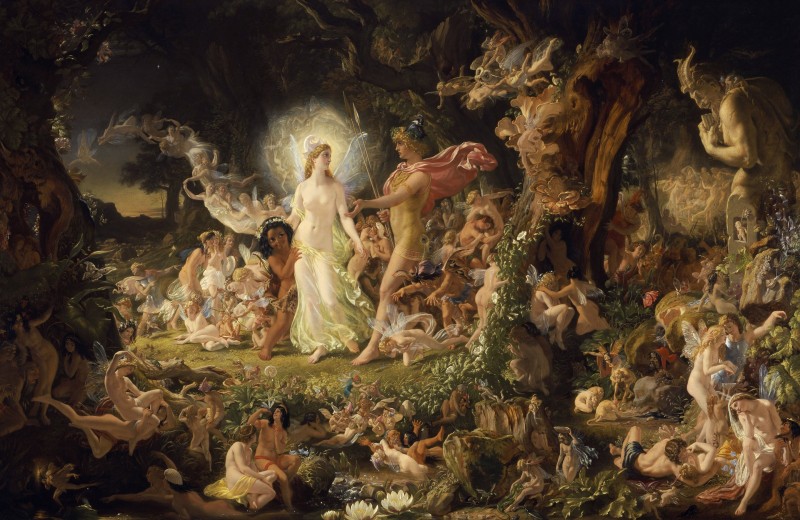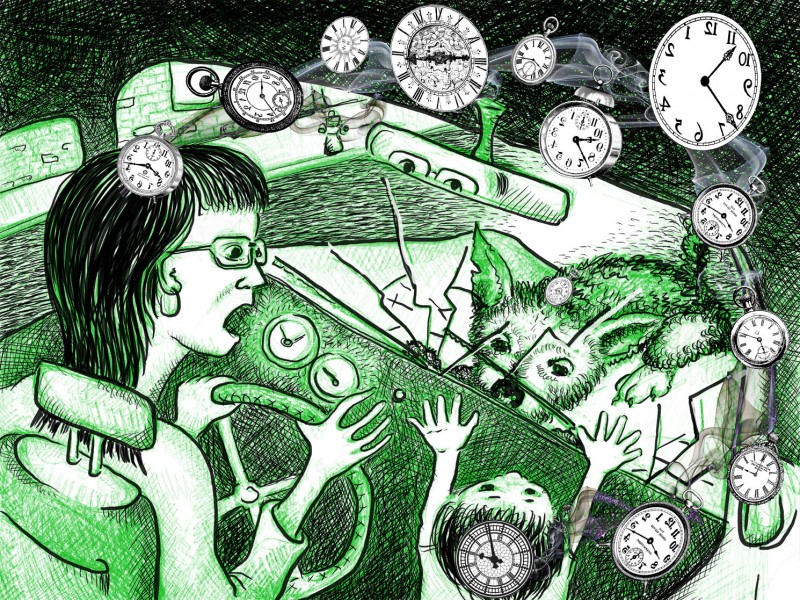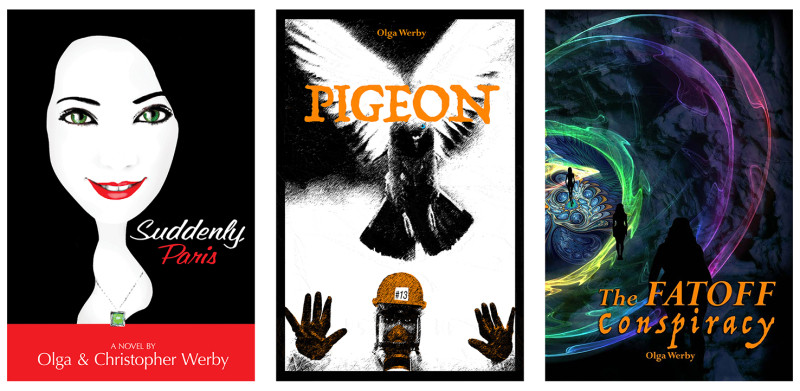Article: Weil, E. (2008). “Teaching Boys and Girls Separately.” NY Times. Visited on 2 March 2008 http://www.nytimes.com/2008/03/02/magazine/02sex3-t.html The article explores the potential impact that differences in emotional and/or cognitive development in boys and girls have on a child’s ability to learn. In order to address these inherent difference and subsequently the ‘chronic achievement gap between richer and poorer students and between white and minority students’, one school of thought promotes gender segregation in schools. The most outspoken proponent of this solution and the main focus of this article is Leonard Sax, a former family physician with a Ph.D. in psychology. According to Sax, the basis for the need to separate boys and girls is biological as opposed to social. He sites psychological as well as neurobiological studies which utilize brain scan technology. The need to segregate boys and girls in the classroom is rooted, according to Sax, in biological differences such as: • boys do not hear nor smell as well as girls • boys and girls respond differently to different shades of light • boys are more apt than girls to see action • boys are not as capable as girls of recognizing subtleties in…
There's a word for that?
A Dictionary of Cool Words That Hide True Feelings & Meanings from Parents Many of the strange vocabulary words, that…
Read more →
